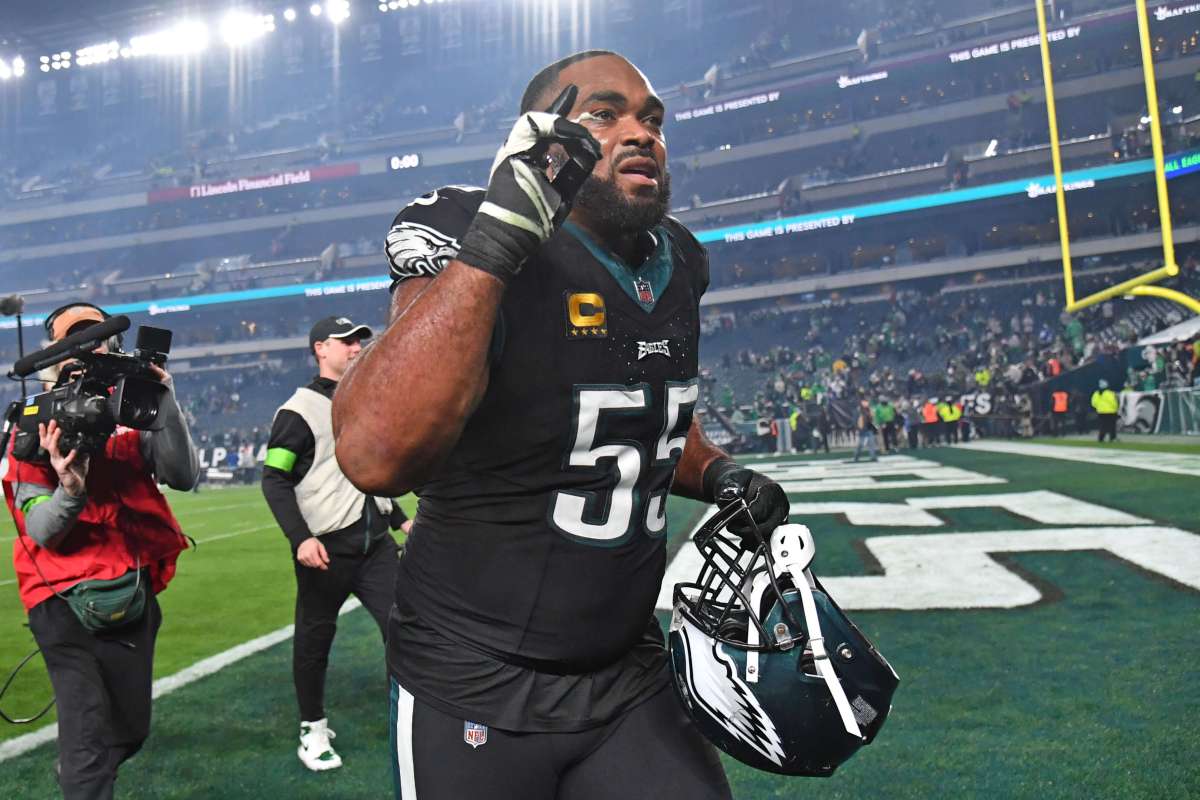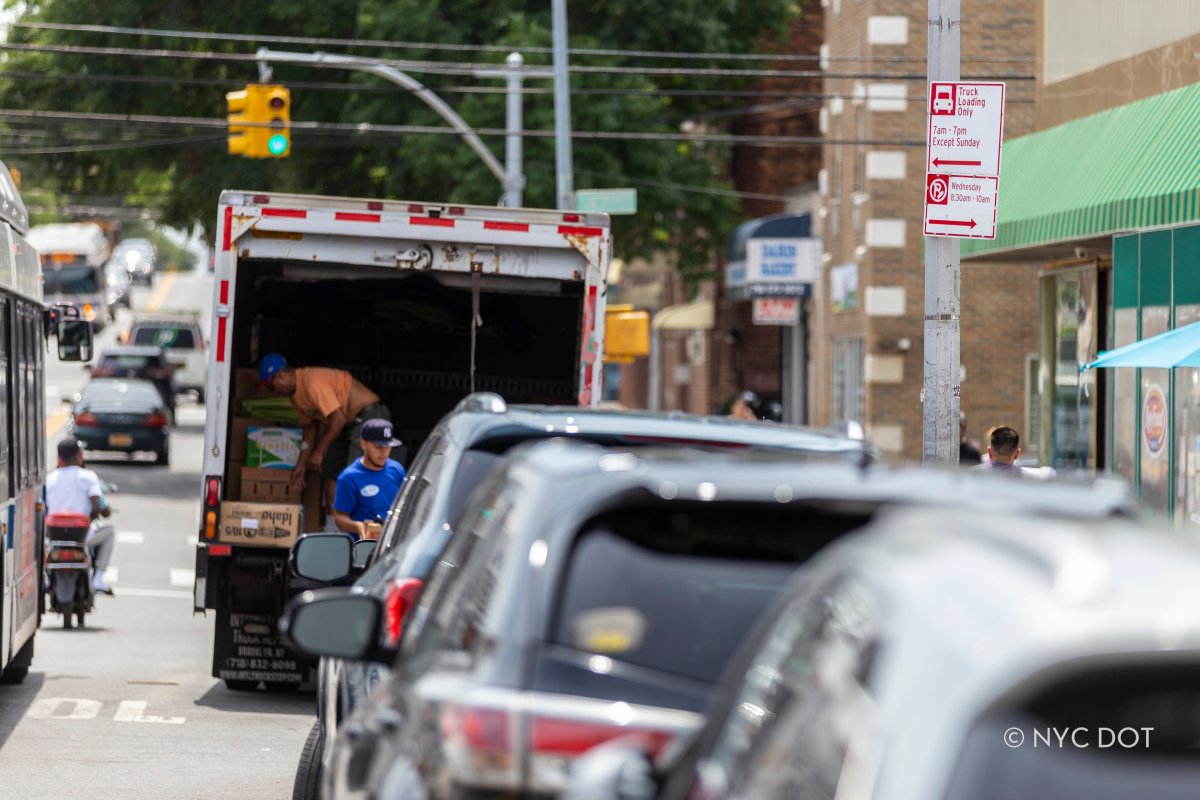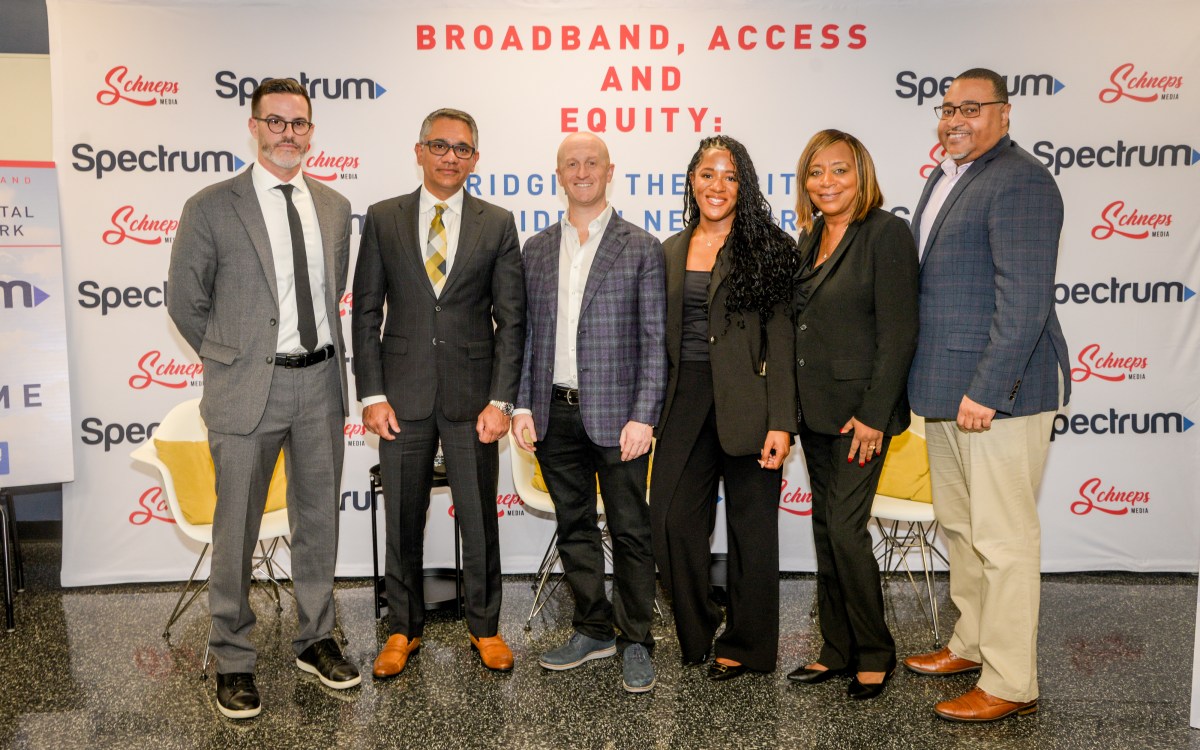DETROIT (AP) — A couple of blocks from the San Francisco-Oakland Bay Bridge, Electrify America is about to open an indoor charging station that lets drivers relax in a lounge while their electric vehicle batteries are being filled up.
The 20-plug direct-current fast-charging station, which opens for business Friday near downtown San Francisco, is part of a trend toward more appealing neighborhood stations, designed to serve EV owners who can’t charge at their homes, as well as travelers or commuters who are low on juice.
It’s also designed to allay fears among potential EV buyers that charging stations are too scarce or that they will have no safe place to wait as their vehicles charge, spending far longer than it takes for a gasoline fill-up. EV sales growth in the United States is slowing, in large part because of similar concerns among potential buyers.
On Santa Monica Boulevard in Los Angeles, Tesla is building a combination drive-in restaurant, movie theater and charging station. Mercedes has built an outdoor station with an indoor lounge at the automaker’s U.S. headquarters near Atlanta. The company plans to construct at least 400 more as part of a $1 billion investment to deploy 2,500 charging plugs, mainly on the coasts, by the end of the decade. Some of the stations will offer lounges. Others will be partnerships with malls or travel centers.
Electrify America’s indoor station is intended to attract people who might be apprehensive about buying an EV, especially apartment dwellers in the nearby South Market neighborhood, said Robert Barrosa, the company’s CEO.
“This is that big, indoor, premium experience that makes it enticing to to say, ‘Hey, I can do this,’ ” Barrosa said.
Several convenience store chains have set up charging stations outside their businesses and offer food, restrooms and 24-hour service for EV owners.
But Barrosa said stations with nicer indoor space, including Wi-Fi and comfortable seating, are intended for a stay that’s longer than a typical gas station fill-up. The San Francisco station, he said, will have an attendant around the clock for security and to handle waiting queues and answer questions from owners.
At a minimum, it normally takes about 20 minutes at a fast-charger to replenish a battery from a 10% charge to 80%, EV owners say. That compares with just a few minutes to fill up a car at a gas station.
“We call it 30-minute retail as opposed to two-minute retail,” said Rick Wilmer, CEO of ChargePoint, a company that builds and maintains charging stations for restaurants, stores and apartment buildings that use them to attract customers.
Convenience stores, Barrosa said, often have space for only a couple of charging plugs, meaning that there could be lines and longer waits for EV owners. Having 20 fast-charging 350-kilowatt plugs indoors is a confidence builder for owners, especially if they are in the neighborhood.
“People want the power, people want the speed,” Barrosa said. “People want the technology.”
Indoor stations also will help ease charging in poor weather conditions, a problem that arose recently when temperatures fell below zero in the Midwest.
Still, among the skeptics is Bruce Westlake, president of the Eastern Michigan Electric Vehicle Association, who owns two Teslas. He said he doesn’t necessarily think charging stations with more amenities will become a big attraction for most EV owners.
Likewise, another Tesla owner, Kevin Smith of Murfreesboro, Tennessee, said of the new stations, “They’re kind of a cool novelty thing, but I don’t see them being mainstream.”
When he travels, Smith often uses convenience stores for charging his EV.
“People just want a snack and a restroom,” he said.
Smith said he would prefer if Electrify America, the largest fast-charging network in the country that is open to all EVs, would simply build more stations and make them more reliable.
There are more than 61,000 charging stations with over 163,000 plugs in the United States. Most are lower-speed chargers that require hours to fill up vehicles.
Tesla, with more than 2,100 stations and over 24,000 plugs, has the broadest fast-charging network. But it isn’t open to all EVs, at least not yet. Electrify America has 900 stations and over 4,000 charging plugs.
President Joe Biden has set a goal of 500,000 EV charging stations nationwide, aided by $5 billion from the 2021 infrastructure law to install or upgrade chargers along 75,000 miles (120,000 kilometers) of highway.
Westlake said that when he travels, he normally plans his charging stops so they’re near restaurants and other businesses. If he’s charging locally, he’ll do grocery shopping while charging.
But he sees the larger “destination” charging stations in neighborhoods as a big plus for apartment dwellers who don’t have an option to charge at home.
“I would be nervous about buying an EV if I didn’t have a garage to charge in,” Westlake said. “That first step when you buy an EV is unnerving, to say the least.”
Having 24-hour service is important to him, too, especially when charging at night. Sometimes, businesses near charging stations are closed, and there’s no place to go while charging.





















